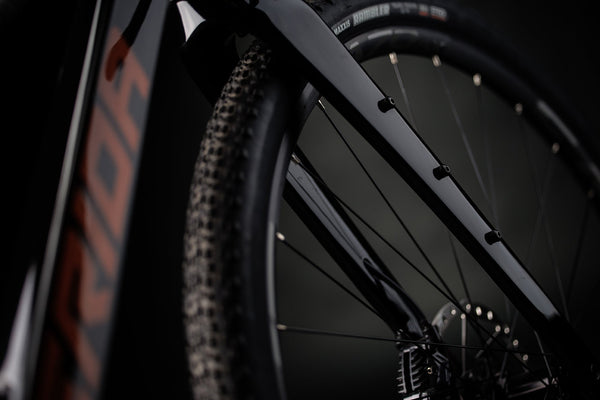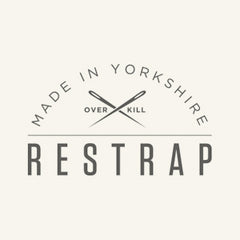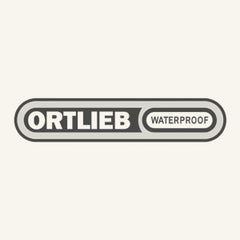Tire Guide // Gravel and MTB
Jul 28, 2025
Tire selection for gravel and mountain bikes
Tires are often underestimated as the only contact with the road or trail. The choice of tires can determine whether you experience a day full of joy and riding pleasure—or whether you park the bike in frustration after ten minutes.
Here you will find a brief overview and guide on choosing the right tires for gravel and mountain bikes – including their differences.
Tubular tires versus tubeless
First, one should distinguish between two basic concepts:
- Tubular tires
- Tubeless systems
In recent years, tubeless systems for gravel and mountain bikes have proven particularly reliable. The latex fluid in the tire distributes evenly and automatically seals small punctures through tire pressure and rotation. Even in professional sports—for example, at the Tour de France or classic races like Paris-Roubaix—many riders now rely on tubeless tires.
Advantages of tubeless:
- Self-sealing for small holes
- Better puncture protection
- Lower weight
- Lower rolling resistance
- Hardly any maintenance during operation
Disadvantages:
- Assembly requires some practice
- Changing tires can be more complex (cleaning the rim, sealant residue)
Tire dimensions
Circumference / rim diameter
- Gravel bikes typically use 28" or 29" tires, officially known as 700c. This term originates from French cycling tradition and originally referred to the tire's outer diameter (approximately 700 mm). The term has stuck, even though modern tires are often significantly narrower or wider.
- Mountain bikes typically use 27.5" or 29" tires. The trend is clearly toward larger tires (29"), as they roll over obstacles better and offer more traction. Only smaller frames (e.g., size XS) still use 27.5" tires more frequently.
Tire width
- Mountain bikes specify the width in inches (e.g. 2.25").
- Gravel bikes use the metric system (e.g. 700×45C = 45 mm width).
The difference has historical reasons: MTBs originate from the USA (inch system), gravel bikes from the road bike sector (metric).
Examples of labels
Gravel tires
| lettering | Meaning |
|---|---|
| 700×45C | Rim diameter 700c, 45 mm width |
| ETRTO 45‑622 | Standardized value: 45 mm width, 622 mm rim diameter |
| 29×1.75 (rare) | Alternative customs information |
| 120 TPI | Fabric density (the higher, the more flexible the tire) |
| TR | Tubeless Ready |
| EXO / DD | Additional protection (side or puncture-proof) |
| 60 PSI | Maximum tire pressure |
| rotation | Arrow indicates direction of travel |
Mountain bike tires
| lettering | Meaning |
|---|---|
| 27.5×2.25 | Rim diameter × tire width (inches) |
| TLR / TL | Tubeless Ready |
| ETRTO 57‑584 | 57 mm width, 584 mm rim |
| TPI (e.g. 60 TPI) | Thread density of the carcass |
| EXO, DD, MaxxGrip | Protective/rubber compounds (depending on the manufacturer) |
Important information for selection
Most bicycle manufacturers specify the maximum tire width that can be used in each frame.
Basic rule:
- Thinner tires → Less rolling resistance, but less traction
- Wider tires → More grip and comfort, but more weight and rolling resistance
Tire pressure (PSI/bar) also significantly influences rolling behavior, comfort, and puncture safety. A good overview is provided below:
www.bicyclerollingresistance.com
Mounting Tubeless
- Tubeless valves
Many bikes are delivered with tubeless ready tires, but are initially mounted with tubes because it is easier.
A classic bicycle tube has a vulcanized valve – the valve is firmly connected to the tube.
With tubeless systems, the valve is screwed directly into the rim. Therefore, special tubeless valves are required, which must be installed first.
2. Rim tape
Most manufacturers already ship their rims with a tubeless rim tape that seals the spoke holes. This is a special adhesive tape that prevents latex fluid from leaking through the spoke holes.
3. Latex liquid
Before the tire is fully mounted, fill it with the specified amount of latex fluid. The exact amount depends on the tire volume.
There are different products for different purposes – if you are unsure, a specialist retailer or a quick internet search can help.
4. Air pressure
For initial installation, you usually need a strong burst of air to "pop" the tire into the rim. Regular floor pumps are often insufficient.
Special compressor pumps or tubeless boosters (pressure tanks) can help here. Alternatively, you can drive to the nearest gas station and use a car tire pump.
If everything is sealed properly, the latex fluid will spread evenly. It's recommended to briefly spin the bike or take a short ride to activate the sealing effect.
Conclusion
Choosing the right tire depends heavily on your driving habits and the terrain:
- If you ride your gravel bike mostly on asphalt, you are usually better off with 35-40 mm smoother tires than with coarse 50 mm studs.
- If you ride through the forest in any weather, you should pay attention to grip in wet and muddy conditions.
In the end, what matters is: the right tire is the one that suits your application.














